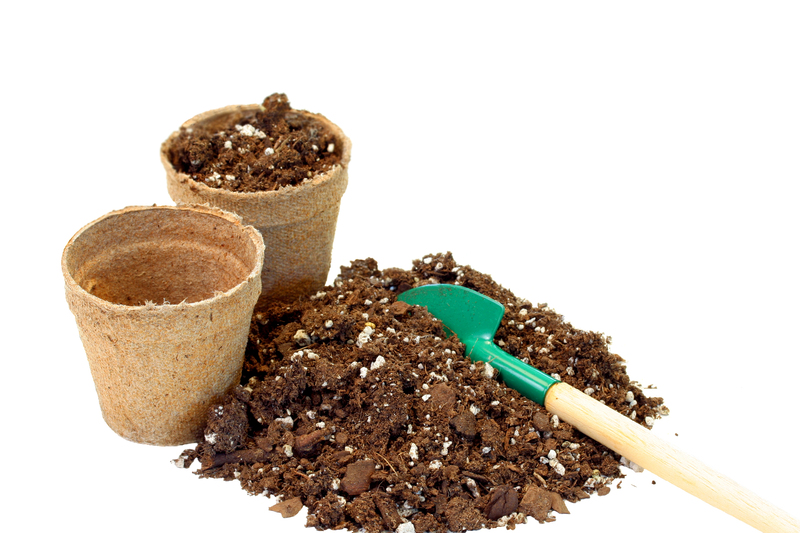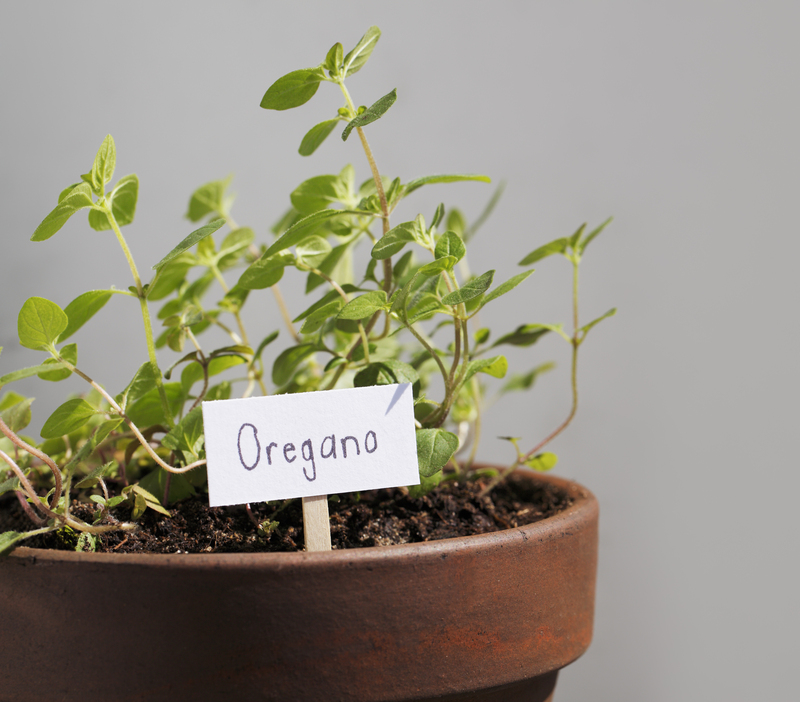Increase Harvest: Essential Greenhouse Management Ideas
Posted on 16/09/2025
Introduction to Greenhouse Management
Successful greenhouse management can significantly boost your harvest, ensuring that your plants thrive in a controlled environment. By managing a greenhouse efficiently, you can extend the growing season, increase yield, and grow a variety of plants regardless of your local climate. This article will delve into essential greenhouse management ideas to help you maximize your harvest.

Choosing the Right Greenhouse Structure
The structure of your greenhouse plays a critical role in plant health and productivity. Consider the following elements when selecting your greenhouse:
- **Frame Material**: Choose durable materials like galvanized steel or aluminum to ensure long-term stability.
- **Glazing Options**: Polycarbonate and tempered glass are popular choices for their insulation and light diffusion properties.
- **Orientation**: Place your greenhouse to maximize sunlight exposure, typically oriented east-to-west.
Optimal Temperature and Humidity Control
Maintaining the ideal temperature and humidity levels is key to plant growth. Implement these strategies:
- **Heating Systems**: Use electric or gas heaters to maintain warmth during colder months.
- **Cooling Mechanisms**: Install shade cloths, ventilation fans, or evaporative coolers to reduce temperature in hot weather.
- **Humidity Regulation**: Employ humidifiers or dehumidifiers to maintain optimal moisture levels.
Efficient Watering Systems
Consistent and adequate watering is essential. Consider the following:
- **Drip Irrigation**: Provides a steady supply of water directly to the roots, minimizing water waste.
- **Misting Systems**: Helps maintain humidity and provide moisture to plants evenly.
- **Rainwater Harvesting**: Collect and use rainwater as a sustainable watering source.
Soil and Nutrition Management
Healthy plants require nutrient-rich soil. Ensure the following:
- **Soil Testing**: Regular tests analyze soil health and nutrient levels.
- **Fertilization**: Use organic or synthetic fertilizers tailored to your plants' needs.
- **Crop Rotation**: Regularly change planting locations to prevent soil depletion and pest build-up.
Pest and Disease Control
Keeping pests and diseases at bay is crucial. Strategies include:
- **Integrated Pest Management (IPM)**: Combines biological, mechanical, and chemical methods to control pests.
- **Sanitation Practices**: Regularly clean and disinfect tools, pots, and greenhouse surfaces.
- **Plant Health Monitoring**: Regularly check for early signs of disease or pest infestation.
Lighting Optimization
Light is a critical factor in plant growth. Utilize:
- **Supplemental Lighting**: Install LED or fluorescent lights to provide extra light during shorter days.
- **Reflective Materials**: Use materials like Mylar to reflect light and enhance distribution.
Space Management and Plant Arrangement
Maximizing your space increases productivity:
- **Vertical Gardening**: Use shelves or trellises to grow plants vertically.
- **Plant Spacing**: Ensure adequate space between plants for air circulation and growth.
Automation and Technology
Incorporate technology to ease management tasks:
- **Climate Control Systems**: Automated systems adjust temperature, humidity, and light.
- **Soil and Moisture Sensors**: Monitor soil conditions and automate watering schedules.
- **Plant Health Tracking Apps**: Use apps to track your plants' growth and health parameters.
Pros and Cons of Greenhouse Management
**Pros:**
- Year-round growing environment
- Controlled conditions for optimal plant health
- Ability to grow a variety of plants not native to your region
- Potential increase in yield and quality
**Cons:**
- Initial setup and maintenance costs can be high
- Requires regular monitoring and adjustments
- Potential for rapid spread of pests and diseases
- Energy costs can be significant for heating and cooling systems
Tips for Successful Greenhouse Management
- Regularly monitor and adjust environmental conditions.
- Keep the greenhouse clean and well-maintained.
- Implement a pest management strategy.
- Stay informed about the latest greenhouse technologies and practices.

Takeaways
Optimal greenhouse management covers structure selection, temperature and humidity control, effective watering, soil nutrition, pest control, lighting, space management, and technology integration. Balancing these elements can lead to a substantial increase in your harvest.
Conclusion
Effective greenhouse management is a dynamic and comprehensive process that requires attention to various factors. By implementing these essential ideas, you can create a thriving environment that maximizes your harvest yields. Start with the basics and progressively integrate more advanced solutions to see significant improvements in your greenhouse productivity.



